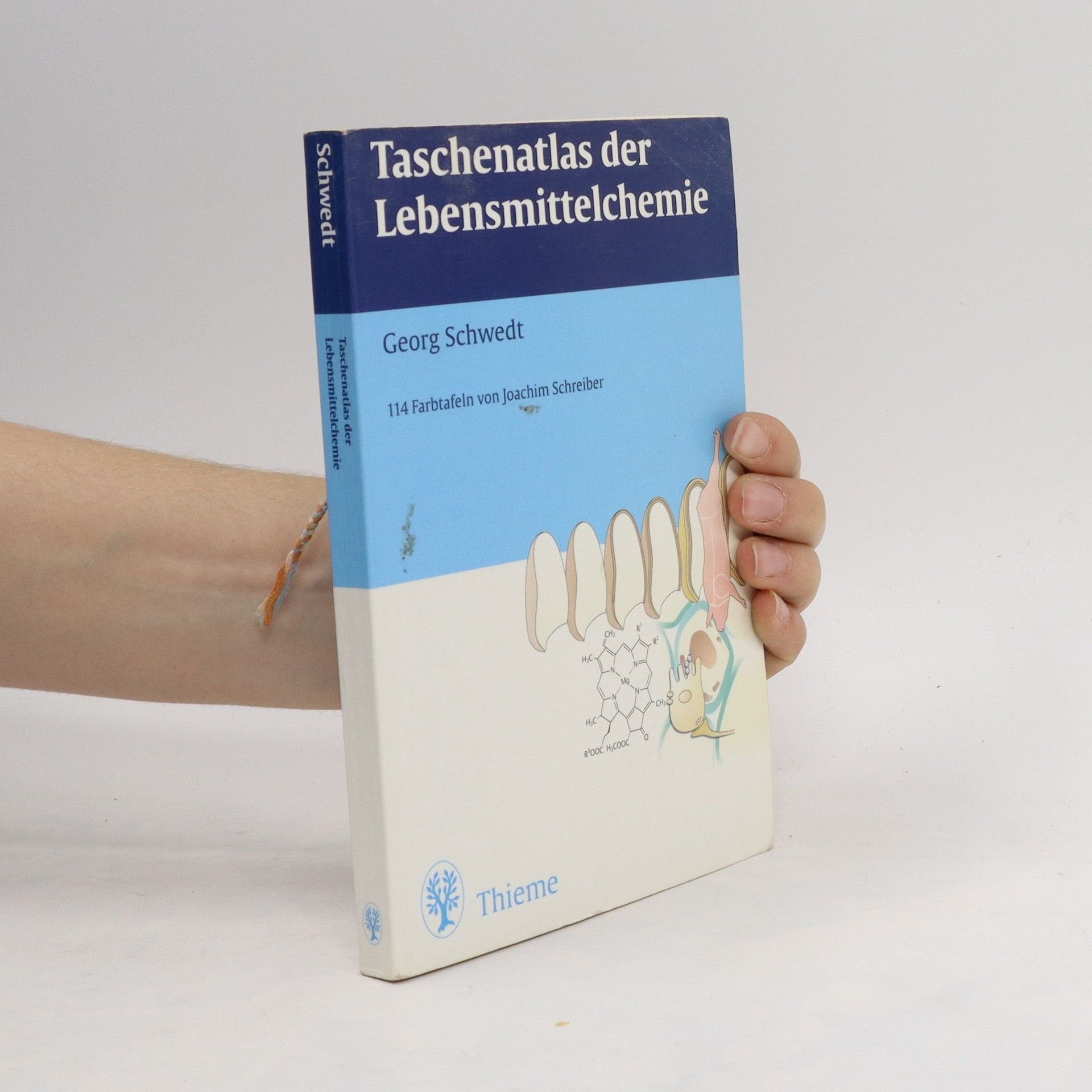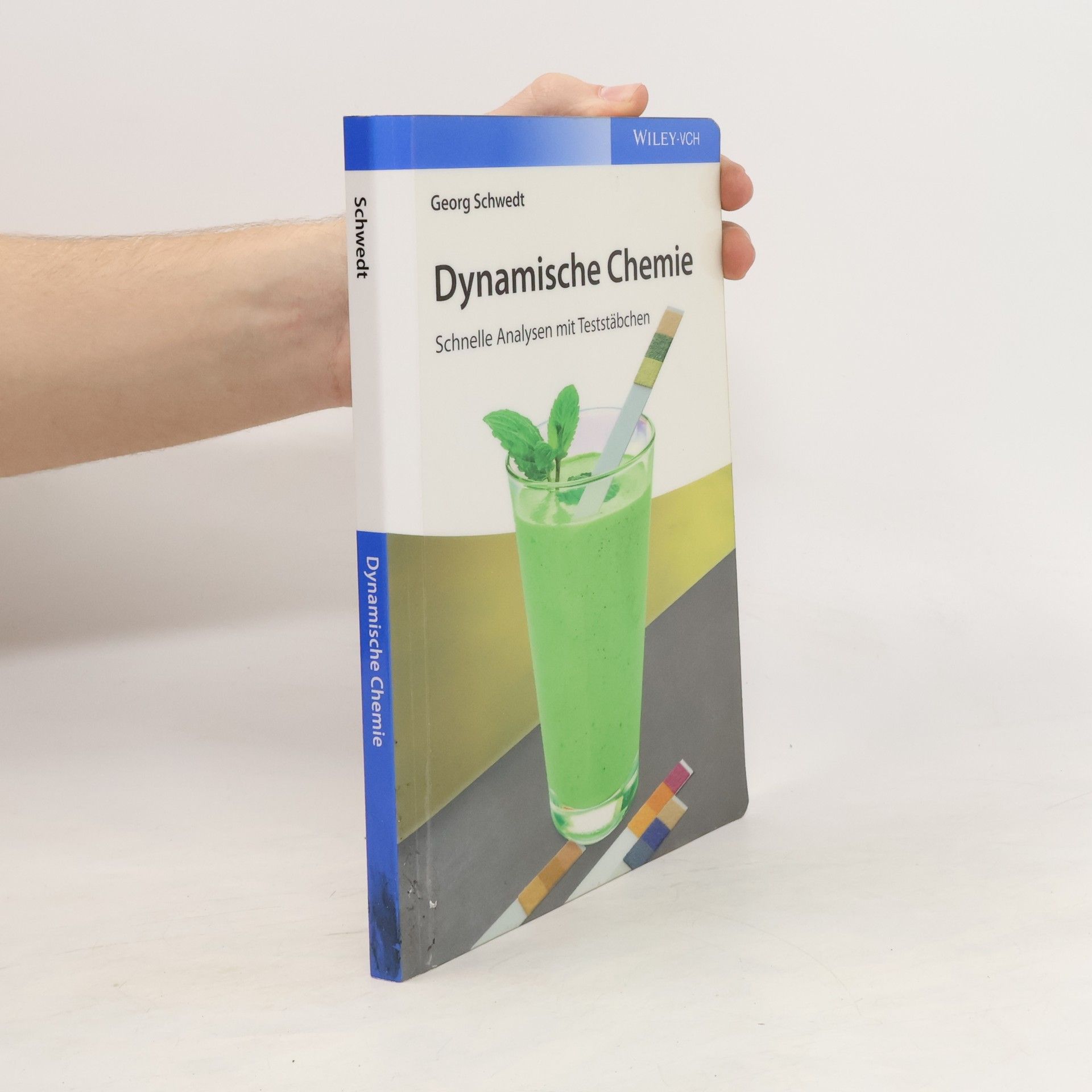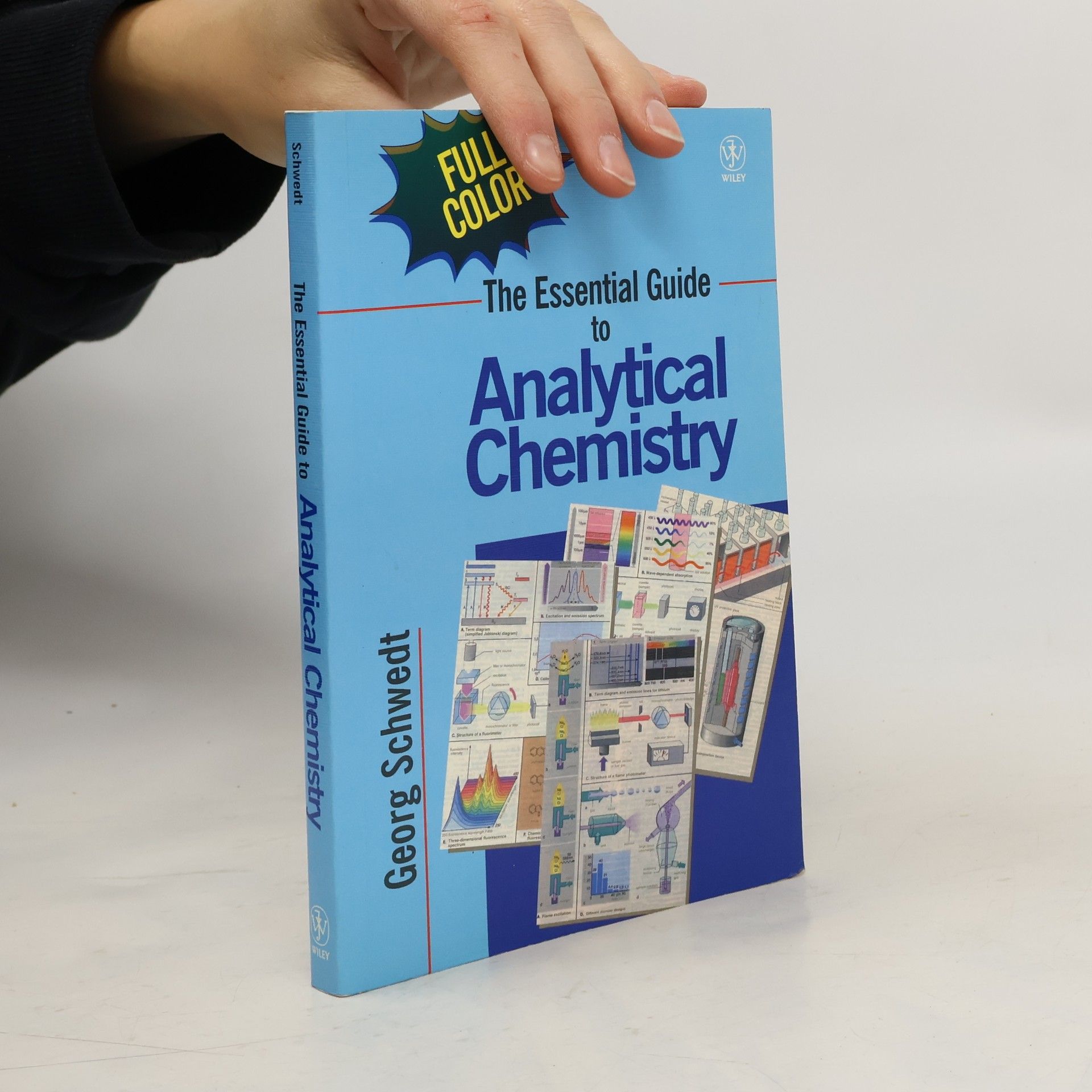This mini-encyclopedia contains everything you need to know about analytical chemistry in a highly readable pocket-sized form. From sample preparation to detection, separation to continuous flow analysis, it lives up to its name as a truly essential guide for the practising analyst in chemistry and biochemistry. Its unique format with full color diagrams facing concise text makes it easy to dip into and find relevant information. The clear, schematic diagrams illustrate important procedures and instrumentation as well as presenting real examples of application by means of simple spectra. Key features of the book * concise, comprehensive coverage of analytical procedures and applications* clear full-color diagrams explaining text* real examples to illustrate applications of procedures'[This book], with its encompassing overview is an ideal concise reference book, definitely to be recommended for the analytical laboratory.' - Review of German Edition.
Georg Schwedt Libros






Dynamische Chemie
Schnelle Analysen mit Teststäbchen
Was passiert mit dem Sprudel im Mineralwasser, wenn man es kocht? Wieviel Vitamin C steckt in einem Apfel? Was ist in Brausetabletten alles drin? Was passiert während der Gärung? Georg Schwedt zeigt an 131 Experimenten, wie man eine rasch eine Antwort erhält. Mit geringem Aufwand, in jeder Küche und mit überall erhältlichen Produkten, sind diese Versuche durchzuführen. Als Hilfsmittel werden Indikatorstäbchen verwendet, die in kürzester Zeit eine qualitative und halb-quantitative Analyse ermöglichen. Nicht immer ist die gesuchte Substanz direkt nachzuweisen, aber das Verstehen-Lernen des Verlaufs von Reaktionen erlaubt es, Rückschlüsse auf sie zu ziehen. Gerade dieses Verständnis wird gefördert und macht Lust auf eigene Experimente. Gleichzeitig wird die chemische Fachsprache erläutert und geübt. Das Buch beschäftigt sich im ersten Teil mit Gleichgewichtsreaktionen (z. B. pH-Wert Änderungen) und im zweiten Teil mit Redoxreaktionen (z. B. Nachweis von Sulfit nach Oxidation zu Sulfat). Ein Muss für jedes Schülerlabor, engagierte Lehrer und jeden an Chemie Interessierten: das Buch hilft beim Erlernen und der Verinnerlichung der chemischen Denkweise.
Der Taschenatlas bietet eine kompakte Einführung und Übersicht zu Grundlagen und Einsatzgebieten der Lebensmittelchemie. Dabei sind jeweils erläuternder Text und eine Farbtafel auf einer Doppelseite gegenübergestellt. Das Buch enthält insgesamt 128 Farbtafeln, die die gesamte Breite der modernen Lebensmittelchemie abdecken, von Inhaltsstoffen und Schadstoffen in Lebensmitteln über deren Verarbeitung bis hin zu Risiken und rechtlichen Grundlagen der Lebensmittelproduktion. Für die dritte Auflage wurde der Taschenatlas deutlich erweitert und durchgehend aktualisiert. Er enthält zahlreiche neue Farbtafeln zu aktuellen Themen wie Nahrungsergänzungsmittel, Fleischersatz, Nanotechnologie und den Auswirkungen der Lebensmittelproduktion auf das Klima. Mit diesem Atlas sind die Grundlagen der Lebensmittelchemie und ihrer Verfahren immer griffbereit - ideal zum raschen Nachlesen und für die Prüfungsvorbereitung.
Chemie und Leben stehen nicht zueinander im Widerspruch, im Gegenteil. Georg Schwedt zeigt: nur „wenn die Chemie stimmt“, das heißt der Stoffwechsel funktioniert, der Mineralienhaushalt ausgeglichen ist und Enzyme fehlerfrei ihre Arbeit verrichten, ist Leben überhaupt möglich.
Die Farbenlehre von Wilhelm Ostwald, die er nach seinem Rückzug von der Universität Leipzig in Großbothen entwickelte, bietet einen tiefen Einblick in die wissenschaftlichen und philosophischen Aspekte der Farben. Im Kontext der wirtschaftlichen und politischen Krisen des Jahres 1923 veröffentlicht, reflektiert das Werk nicht nur Ostwalds innovative Ansätze zur Farbtheorie, sondern auch die turbulente Zeit, in der es entstand. Seine Erkenntnisse beeinflussen bis heute das Verständnis von Farben in verschiedenen Disziplinen.
Grundlagen der Buchrestaurierung
Naturwissenschaften im Dienste der Buchkultur
- 132 páginas
- 5 horas de lectura
Das Buch behandelt die physikalisch-chemischen Grundlagen der Buchrestaurierung und bietet einen umfassenden Überblick über die Materialien, die historisch verwendet wurden, sowie über moderne Verfahren zur Erhaltung von Büchern. Es beleuchtet Methoden zur Bewahrung historischer Buchbestände und die Restaurierung beschädigter Exemplare, wodurch es zu einer wertvollen Ressource für Fachleute und Interessierte im Bereich der Buchpflege und -restaurierung wird.
Der historische Kontext der Forstbotanik wird hier umfassend beleuchtet, angefangen von ihrer Entstehung bis hin zu den Entwicklungen der Xylotheken. Zudem wird aufgezeigt, wie sich waldpädagogische Ansätze im Laufe der Zeit entwickelt haben. Das Buch richtet sich an Leser, die sowohl an geschichtlichen als auch an naturwissenschaftlichen Themen interessiert sind, und bietet eine spannende Verbindung zwischen Vergangenheit und Gegenwart im Bereich der Forstbotanik.
Wilhelm Ostwald
Die wissenschaftlichen Grundlagen der analytischen Chemie
Erst als sich die von Svante Arrhenius erstmals formulierte und von Wilhelm Ostwald weiter entwickelte Ionentheorie in dem noch jungen Fachgebiet der physikalischen Chemie um 1900 durchgesetzt hatte, wurden auch die Angaben von Mineralwasseranalysen in Form von Ionen-Konzentrationen angegeben. Sie sind erstmalig im Deutschen Bäderbuch von 1907 zu finden. Zuvor hatte man diese Angaben mehr oder weniger willkürlich in Form von Salzen, also von Verbindungen gemacht. Die analytische Chemie hatte sich im 19. Jahrhundert zu einem Fachgebiet entwickelt, das mit überwiegend handwerklichen, d.h. manuellen Verfahren schon zuverlässige Analysenergebnisse liefern konnte, wozu die Arbeiten von Carl Remigius Fresenius in Wiesbaden entscheidend beigetragen hatten. Jedoch fehlte vor allem in der universitären Lehre ein theoretischer Unterbau für diese bereits entwickelte Methodik. Diese Leerstelle wurde durch das in 7. Auflagen zwischen 1894 und 1920 erschienene Buch von Ostwald gefüllt, welches im zweiten Teil auch die Grundlagen der Praxis, die Anwendungen analytischer Verfahren in der anorganischen Analytik darstellt. Erst in der zweiten Hälfte des 20. Jahrhunderts erschienen neue Lehrbücher zu den theoretischen Grundlagen der analytischen Chemie bzw. diese wurden auch in den Praktikumsbüchern ausführlicher dargestellt. Somit bildet das Buch von Wilhelm Ostwald auch einen Meilenstein in der Geschichte der analytischen Chemie.
Chemie zum Nutzen der Bürger
Georg Adolph SUCKOW in der Kameral-Hohen-Schule zu Kaiserslautern